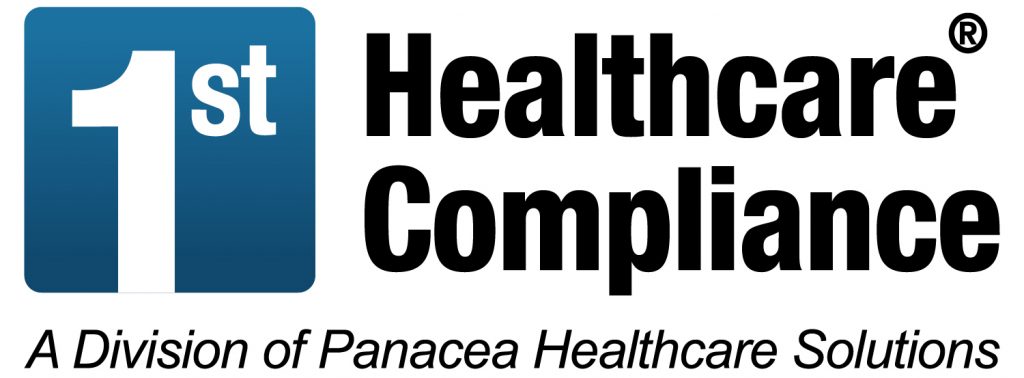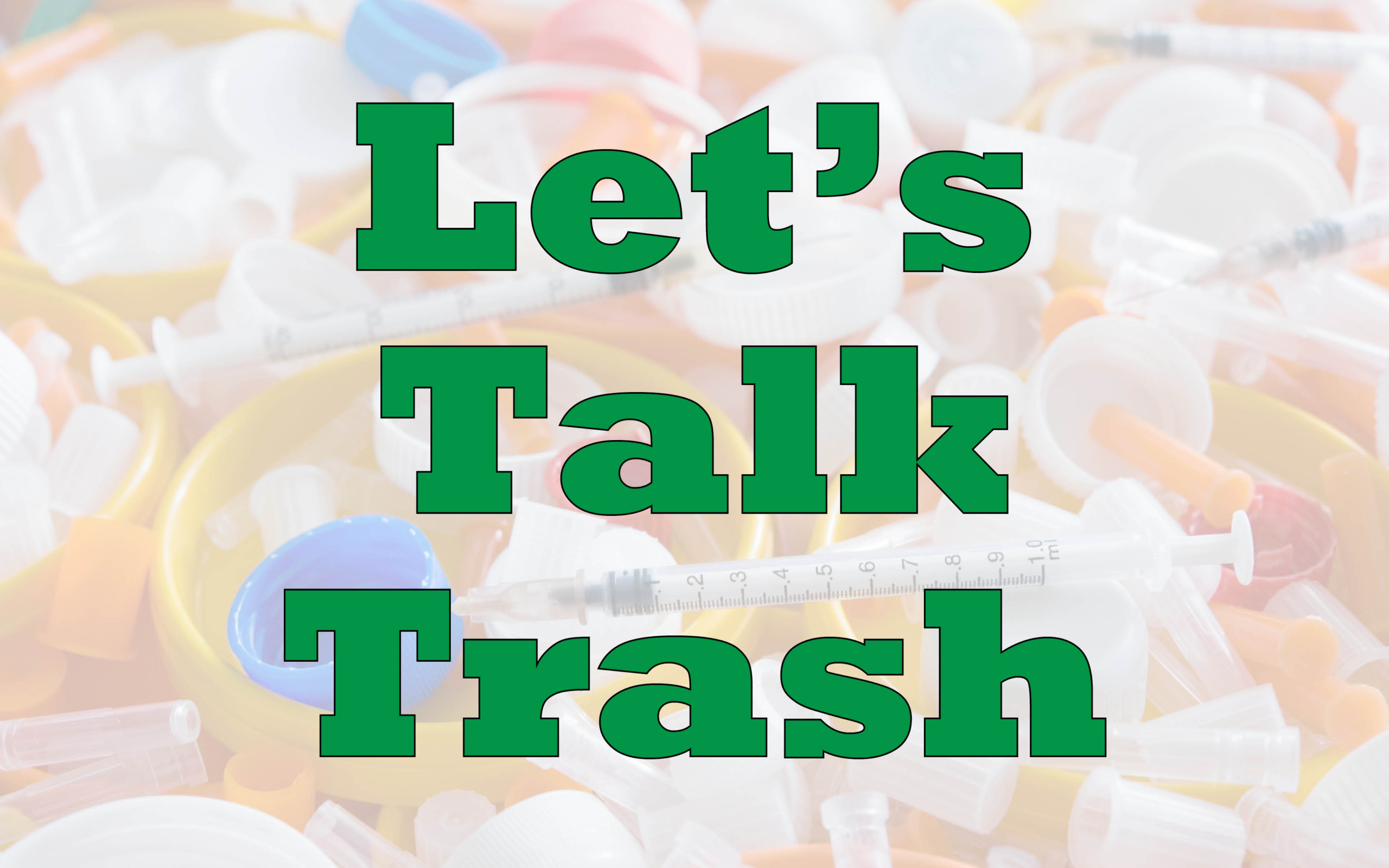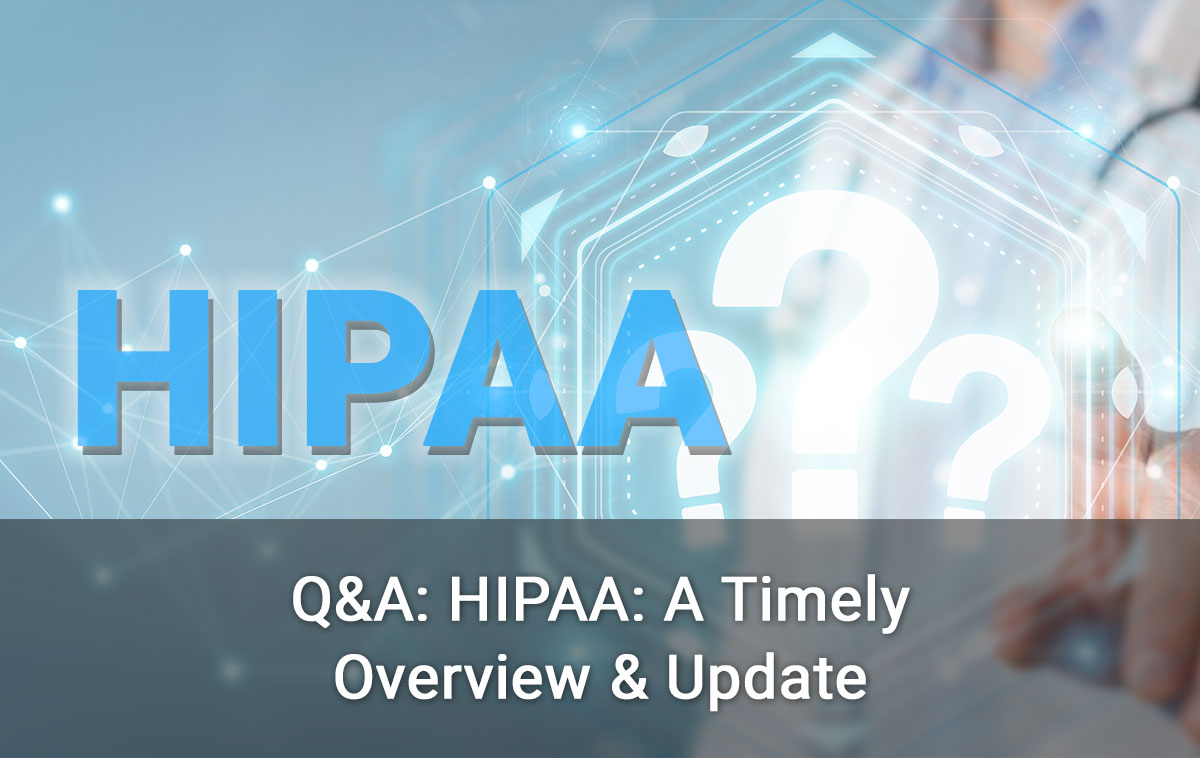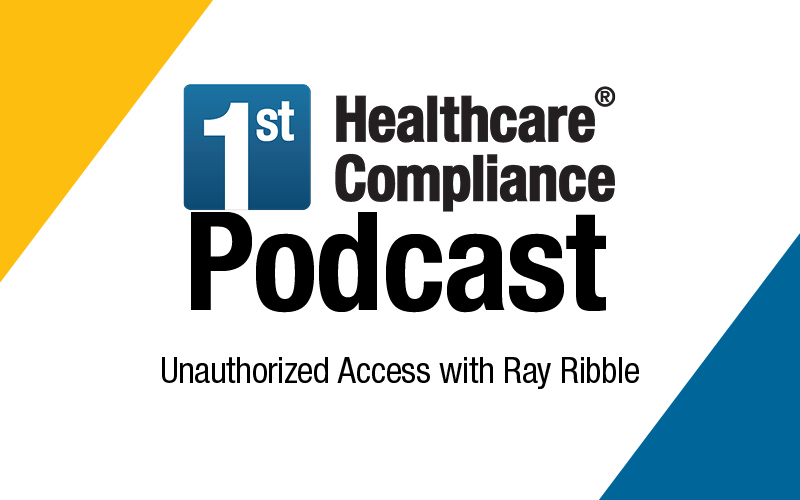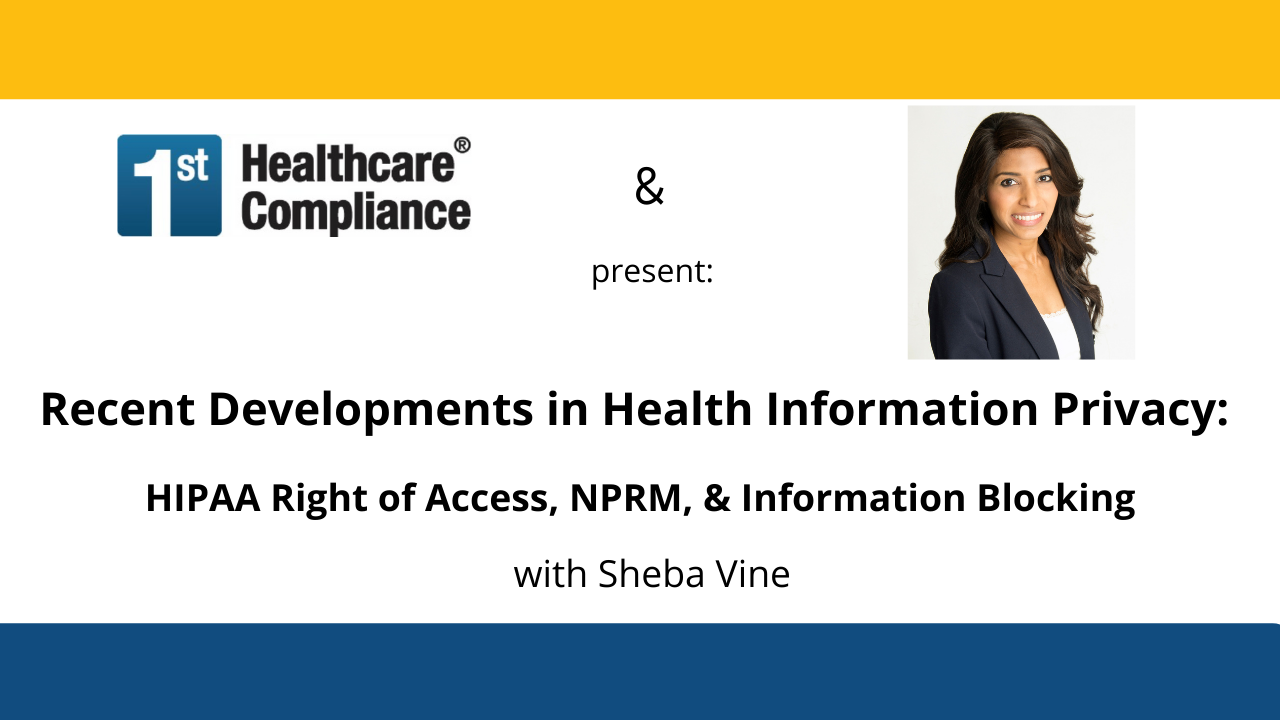Let’s Talk Trash
Do you ever have trouble figuring out which trash can to use when throwing something away? Even a simple cardboard coffee cup with a plastic lid may give you pause while trying to choose the best option. Now, you may be confronted with a myriad of sorting choices: paper, aluminum, plastic, paper, glass, all recyclables or regular trash. Fortunately, your use of public receptacles is unlikely to cause direct harm to individuals; the harm is much more likely indirect, measured by the sustainability of the environment. However, in a healthcare facility the potential for direct harm to individuals does exist. Every employee must be aware of the significance of medical trash disposal. The proper receptacle choice is the key to avoiding any potential harm to another healthcare worker inside or outside of the facility, a member of the waste management or document shredding workforce, a visitor to the facility or to an individual seeking care.
Direct harm to individuals could manifest in a variety of ways. The possibility of physical harm is obvious if sharps boxes or containers are not used for all needles, scalpels, or other sharps, significantly increasing the risk for an unsuspecting member of janitorial services or waste management. In a similar manner, the risk of spreading infection by bloodborne pathogens or other potentially infectious materials must be avoided by using the biohazard red bags for all materials contaminated with blood such as gloves, gowns, covers or tubing. A few notable exceptions to the mandatory placement of blood-soaked materials into biohazard containers are common household products with significant absorbency such as Band-Aids or feminine hygiene products. In addition to these household products, non-contaminated materials such as gloves or exam table paper should be placed in regular trash.
A less obvious but equally as devastating harm to an individual involves the security of their protected health information(PHI). Any papers or other media containing PHI that are tossed into regular trash constitute unsecure PHI and could likely cause a breach. Medical identity theft is on the rise and steps must be taken to avoid such a costly scenario. A locked trash receptacle should be used prior to shredding of any documents with PHI. Appropriate safeguards should be in place for the proper disposal of electronic media to prevent breach of electronic PHI (ePHI).
Standardized features of container choices in health care facilities help with the accuracy and speed of the sorting process. In order for the process to successfully reduce risk, all of the employees need to be trained on the “Do’s and Don’ts” of trash disposal. Sharps containers are hard plastic to prevent puncture through the container walls and have a drop-in system to reduce risk of injury from existing contents. It is necessary for those employees who deal with sharps disposal to understand how to safely dispose of a sharp, how to recognize the maximum capacity of the container to prevent overfilling and how to obtain an empty sharps container. Employees should never empty a Sharps container. All employees must understand the significance of biohazard bags and what they should and should not be used for. In addition to the common household products with significant blood absorbency, red bags should never be used for chemotherapy waste which should only be placed in a chemo approved container. Locking mechanisms should always be used to prevent unauthorized access to any receptacle containing PHI such as those awaiting shredding.
Many agencies oversee regular trash and regulated waste disposal from healthcare facilities but only a few are federal agencies. Any HIPAA Privacy issues regarding unsecure PHI would fall under the Office of Civil Rights (OCR). Other than OSHA-regulated disposal of infectious waste and the Department of Transportation, the regulations for regulated medical waste disposal are generally on the state level and vary significantly.
